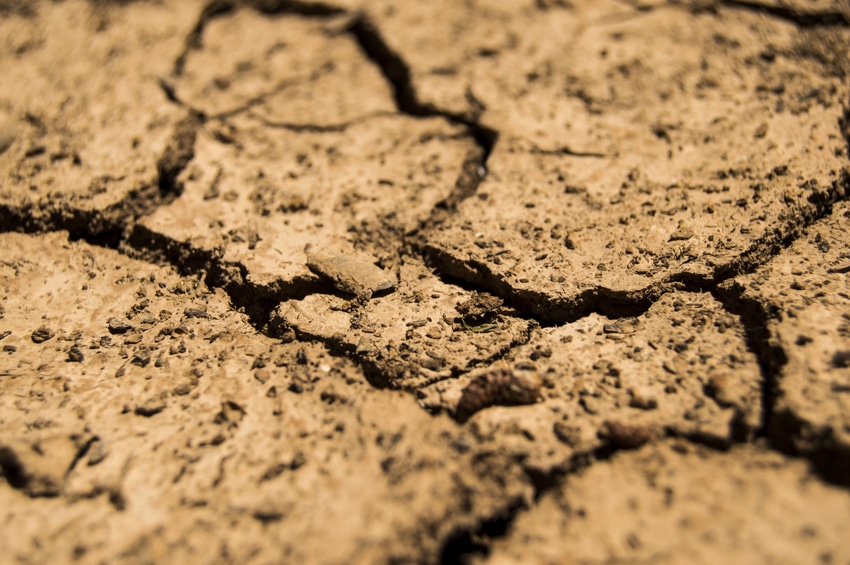Cow slaughter numbers rising as conditions deteriorate.

Hotter-than-normal temperatures and persistent dry conditions led to an uptick in moderate to severe drought across eastern Texas, Louisiana, Arkansas and eastern Oklahoma, according to the National Weather Service Climate Prediction Center (CPC).
The National Oceanic & Atmospheric Administration (NOAA) reported that 30% of the continental U.S. and 66.4 million people are now being affected by moderate drought or worse. This is up from 50 million people and 27% affected one month ago.

Extreme (D3) and exceptional (D4) drought is affecting substantial areas of western Oklahoma, eastern Kansas, Texas, Utah, Colorado, Arizona, New Mexico and southern California. Severe (D2) drought is present in eastern Oregon, southern California, Kansas, Utah, Texas, Colorado, Arizona, New Mexico, Oklahoma, northern Missouri, southern Iowa, southern Arkansas, northern Louisiana, North Dakota and South Dakota.
More than half of the Southwest region is in severe (D2) to exceptional (D4) drought, according to the latest U.S. Drought Monitor. Temperatures since October across the region have been well above normal -- either in the top 10% or the warmest on record since 1895. Most of the region has received precipitation well below normal levels, and some areas have been the driest on record since 1895.
CPC’s "Monthly Drought Outlook," which was released June 30, reported that 18.5% of the drought present at the end of June will persist through the end of July, and 8.5% will persist through September.
Scott Brown, University of Missouri livestock economist, noted in Feedstuffs' sister publication the Missouri Ruralist that U.S. Department of Agriculture data thus far in 2018 show that conditions in Region 6 — Arkansas, Louisiana, New Mexico, Oklahoma and Texas — have deteriorated considerably in recent weeks. Meanwhile, Region 4, which encompasses much of the Southeast U.S., has very little drought stress to manage at this time.
Not surprisingly, Brown said beef cow slaughter numbers correspond closely to these varied pasture conditions. He said beef cow slaughter in Region 6 is 10.4% higher than last year during the same period (through early June), with 14% more cows slaughtered since early April than in 2017.
Beef cow slaughter in Region 4, on the other hand, is down 11.1% year to date and down 13.5% since early April. In Region 7, which includes both relatively dry Missouri and Kansas as well as Iowa and Nebraska, where timely rains have fallen, beef cow slaughter is up 6.7% year to date and up 8.8% in recent weeks, Brown noted.
“While it is still not clear whether the early-spring cold temperatures and subsequent dry weather in portions of the country will be enough to result in a shrinking beef cow herd for the year, it is certain that poor pasture quality is taking a toll on many producers,” Brown said.
About the Author(s)
You May Also Like
.png?width=300&auto=webp&quality=80&disable=upscale)


